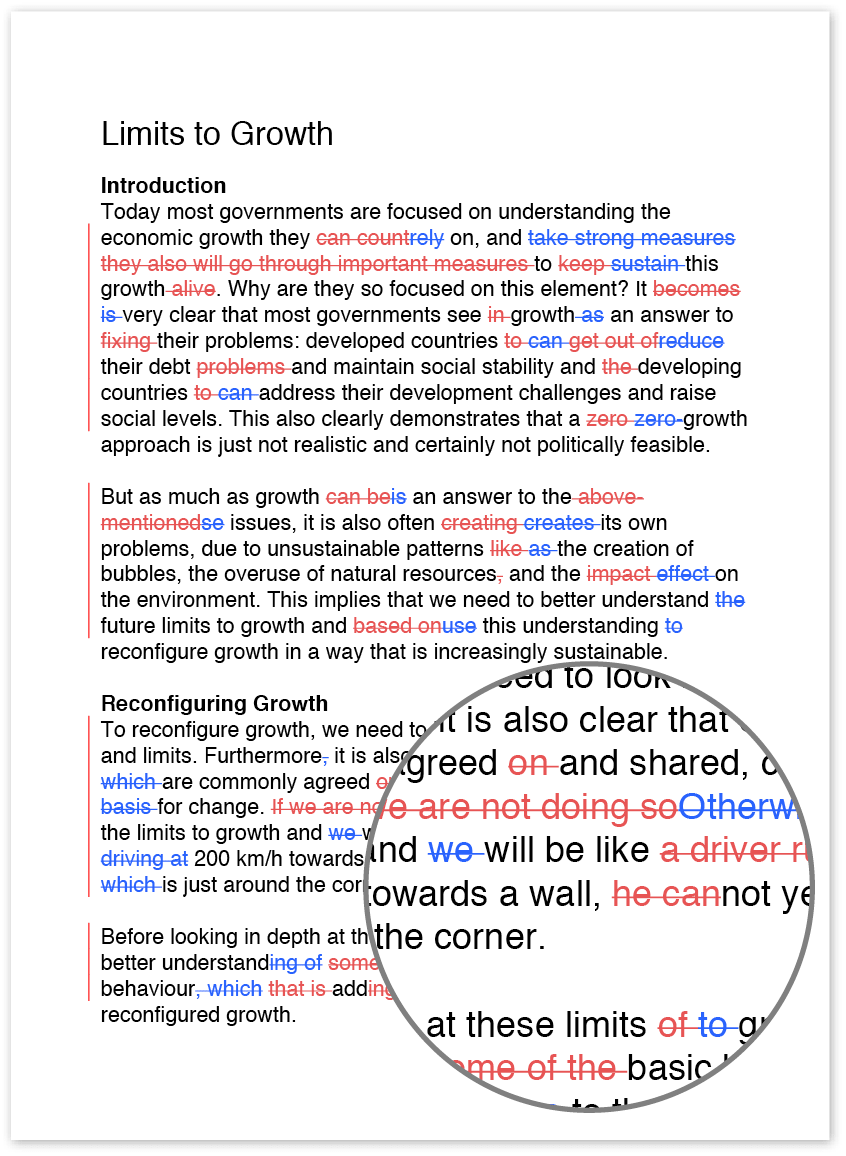What is an adjective?
One of the many parts of speech in the English language is the adjective. Why do we use adjectives, and how can we recognize them in a sentence?
An adjective is used to describe a noun. Adjectives include words that provide information on the size, color, shape, age, material, origin or purpose of a noun. To determine if a word is an adjective, take a look at its location in a sentence. A word is an adjective if it comes directly before a noun, particularly between a noun and an article (a, an, the), a possessive adjective (my, his, hers), a demonstrative (this, that) or an amount (some, few).
- When using adjectives, it’s important to use them in a specific order:
- Determiner, such as an article, demonstrative or amount
- Observation, such as ‘beautiful’ or ‘thoughtful’
- Size, such as ‘big’ or ‘little’
- Shape, such as ‘round’ or ‘flat’
- Age, such as ‘young’ or ‘two-foot-tall’
- Color, such as ‘blue’ or ‘red’
- Origin, such as ‘American’ or ‘Italian’
- Material, such as ‘plastic’ or ‘linen’
- Qualifier, i.e. a noun or verb acting as an adjective, such as ‘football’ in the phrase ‘football player’
So, the correct order of adjectives would be as follows: ‘She gave me a beautiful, small, round, new, blue, Italian glass figurine.’ Note that commas should be used in a list of adjectives to set them apart from each other. However, as we can see in this sentence, using too many adjectives can make a sentence clunky. It’s best not to overuse adjectives, but to simply use those that are most vital to your sentence: ‘She gave me a beautiful, blue, Italian glass figurine’.

